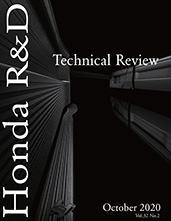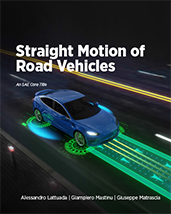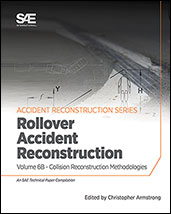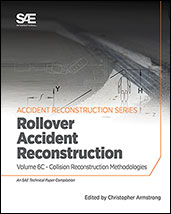Book

The New Mobility Handbook, 2024 Edition
2023-12-13
Are new mobility technologies the key to unlocking the future of urban living, or do they pose a threat to established public transit systems? Dive into this groundbreaking book that unveils the potential for a harmonious coexistence. The New Mobility Handbook, 2024 Edition challenges the belief that ride services, autonomous vehicles, and micromobility are at odds with public transit in a zero-sum transportation game. Discover how new mobility options, immensely popular and fostering multimodal travel, can be paired with classic urban planning principles to offer attractive alternatives to personal car use. Learn how road pricing, road space reallocation, and innovative policies can transform cities when new mobility technologies turn detractors into allies. Ride services and micromobility emerge not as adversaries to transit, but as advocates for a smarter, more inclusive urban ecosystem.



















